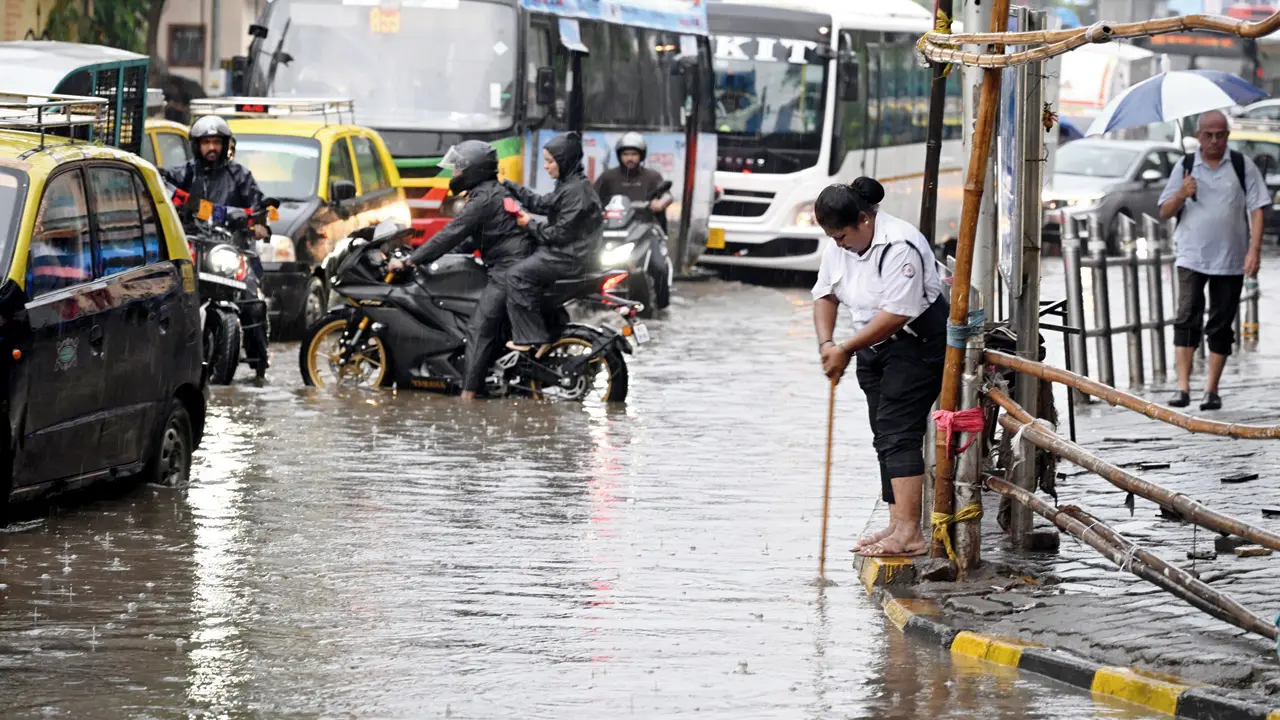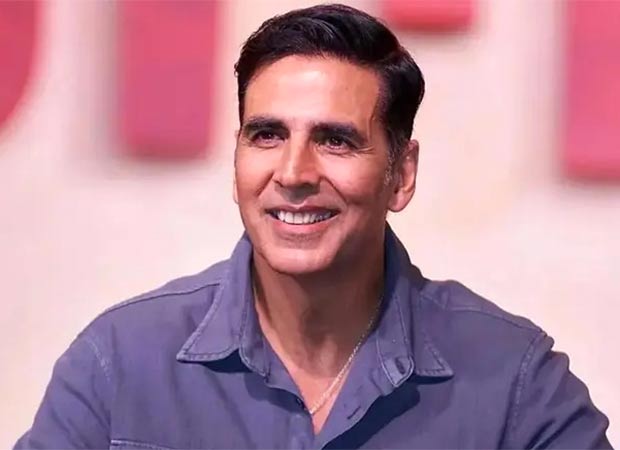
Mumbai Monsoon Crisis seems to have hit the city as it received nearly 300 mm of rainfall in past 24 hours, and the results were depressingly familiar: submerged streets, halted trains, flight diversions, power outages, and schools forced to shut. India’s financial capital, a city that moves billions of rupees every day, is brought to a standstill by waterlogging each monsoon. The recurring crisis raises an uncomfortable question: why does the country’s wealthiest city collapse so easily under the weight Mumbai Monsoon Rains?
- Infrastructure vs. Reality
The Brihanmumbai Municipal Corporation (BMC) claims its stormwater drains can handle 50 mm of rain per hour. Yet, with 300 mm falling in a single day, the system collapses.
“Most of Mumbai’s drainage lines are colonial-era designs for a much smaller population. Today, with nearly 20 million residents and rapid urbanisation, the system is hopelessly inadequate,” says Dr. Radhika Menon, urban planning expert at IIT-Bombay.
- Unplanned Urbanisation
Flooding is not just about rainfall—it’s about where the water goes. Mumbai has steadily erased its natural buffers. A 2023 report by the Centre for Science and Environment (CSE) estimated that the city has lost nearly 40% of its mangroves in the past five decades due to construction and reclamation.
“The Mithi River, once a natural flood channel, has been reduced to a glorified sewer. When you choke rivers and kill wetlands, you’re writing your own flood obituary,” says environmentalist Debi Goenka, founder of Conservation Action Trust.
- Governance and Accountability
Every year, the BMC declares itself “monsoon-ready.” Yet, the Comptroller and Auditor General (CAG) flagged in 2022 that only 58% of the recommended flood-mitigation projects after the 2005 deluge were completed.
“This is a governance crisis, not a rainfall crisis,” argues economist Ajit Ranade. “The cost of one day of Mumbai shutdown is estimated at ₹3,000–4,000 crore. When the financial capital loses billions each monsoon, it’s not just a civic problem, it’s a national economic liability.”
- Climate Change: The Multiplier
The Indian Meteorological Department (IMD) has recorded a 20% increase in extreme rainfall events in Maharashtra over the last decade. Climate change ensures heavier, more erratic downpours.
“Urban flooding is not only about poor drains. Climate patterns are shifting, and cities must plan for rain that exceeds historical averages,” warns Dr. Sunita Narain, Director-General, CSE. “If Mumbai doesn’t climate-proof itself now, the costs will escalate exponentially.”
- Resilience vs. Reform
Much is made of the “indomitable spirit of Mumbaikars.” But resilience has become a convenient political crutch.
“Spirit is not infrastructure. Wading through waist-deep water every year is not heroism—it’s a failure of governance dressed up as grit,” says Prof. Shirish Patel, veteran urban planner.
The Way Forward
For Mumbai to remain India’s global business hub, reforms must be structural, not symbolic:
- Drainage overhaul: Replace century-old drains and expand capacity to meet future projections, not outdated averages.
- Protect natural buffers: Legally secure mangroves, wetlands, and floodplains.
- Climate resilience: Build pumping stations, reservoirs, and early-warning systems.
- Governance reform: Independent audits of BMC’s monsoon preparedness, with accountability for delays.
Bottom Line
Mumbai’s flooding is not an annual act of God—it is an annual act of negligence. Climate change may intensify rainfall, but civic apathy amplifies disaster. The city that contributes 6% of India’s GDP cannot afford to drown every monsoon.
The choice before Mumbai is stark: continue surviving floods with memes and misplaced pride, or demand transformation with accountability and science-backed planning. The question is no longer if the city will flood—but how many more times before outrage replaces resilience.






Actual Insight, great review!
The government and authorities should know it’s a high time now!